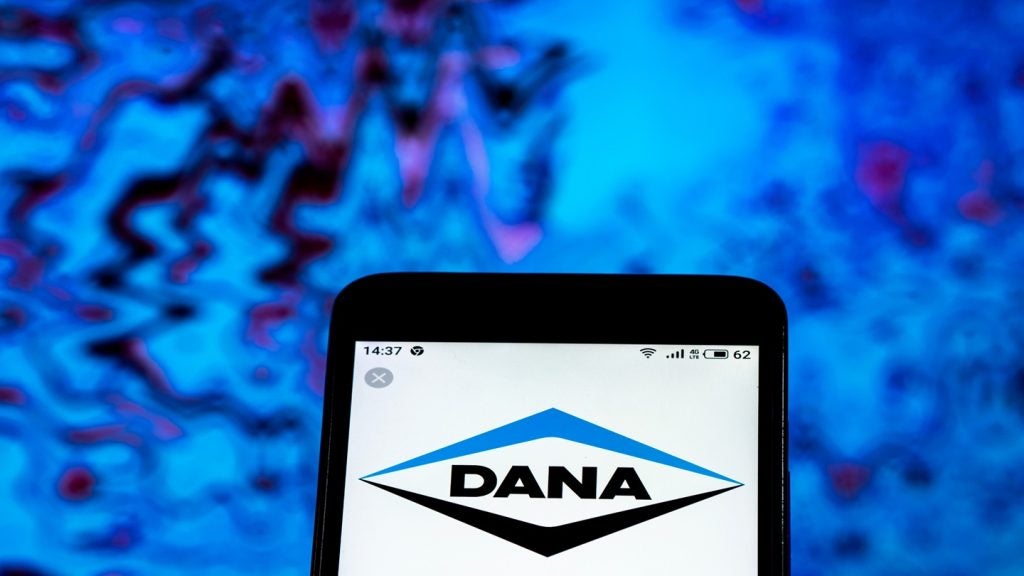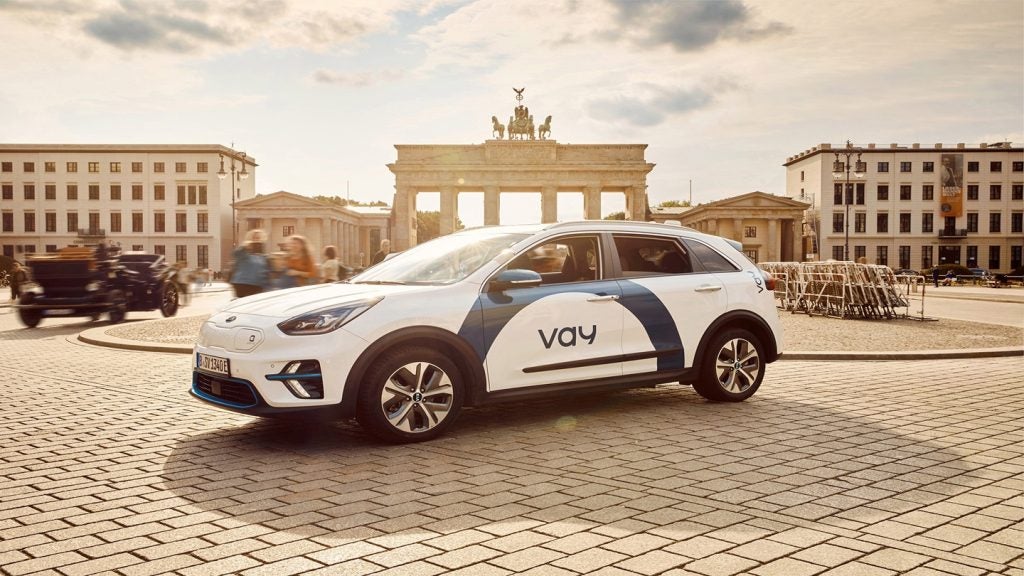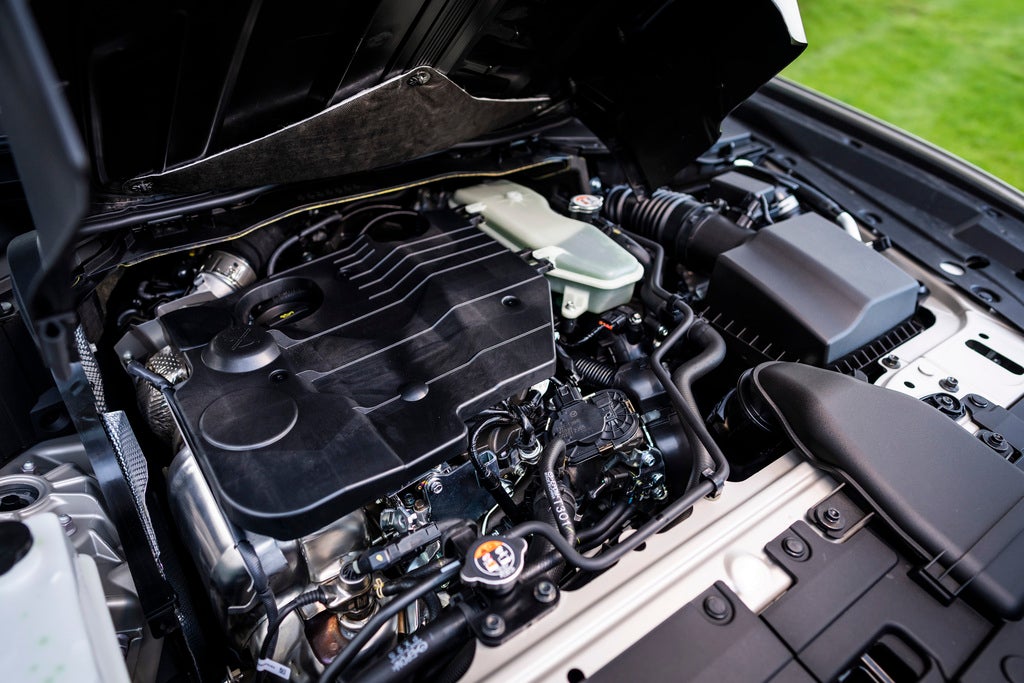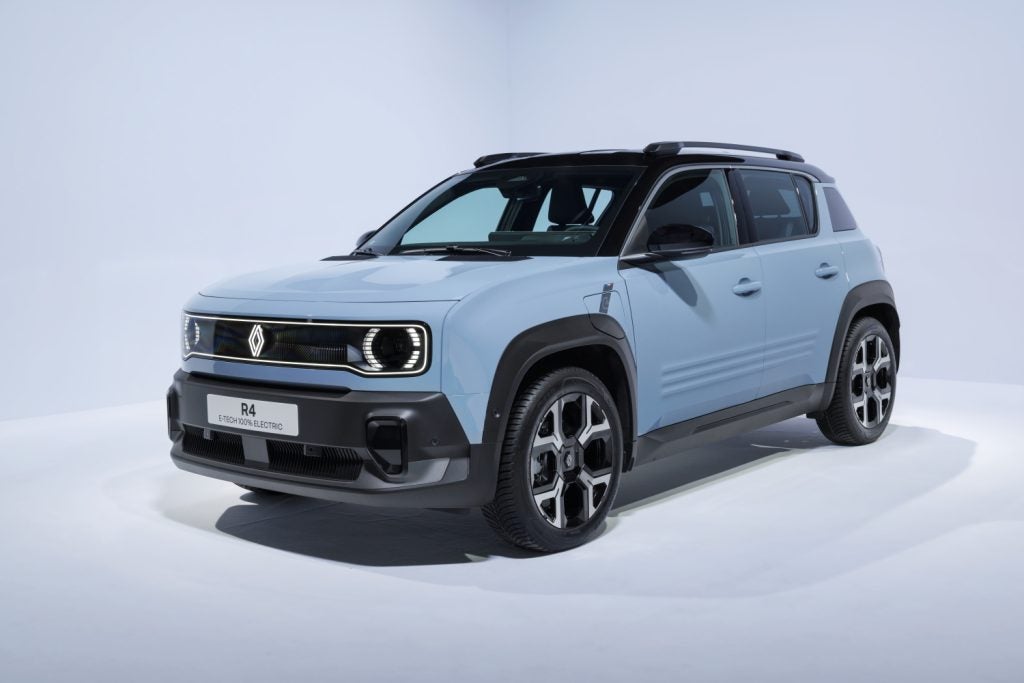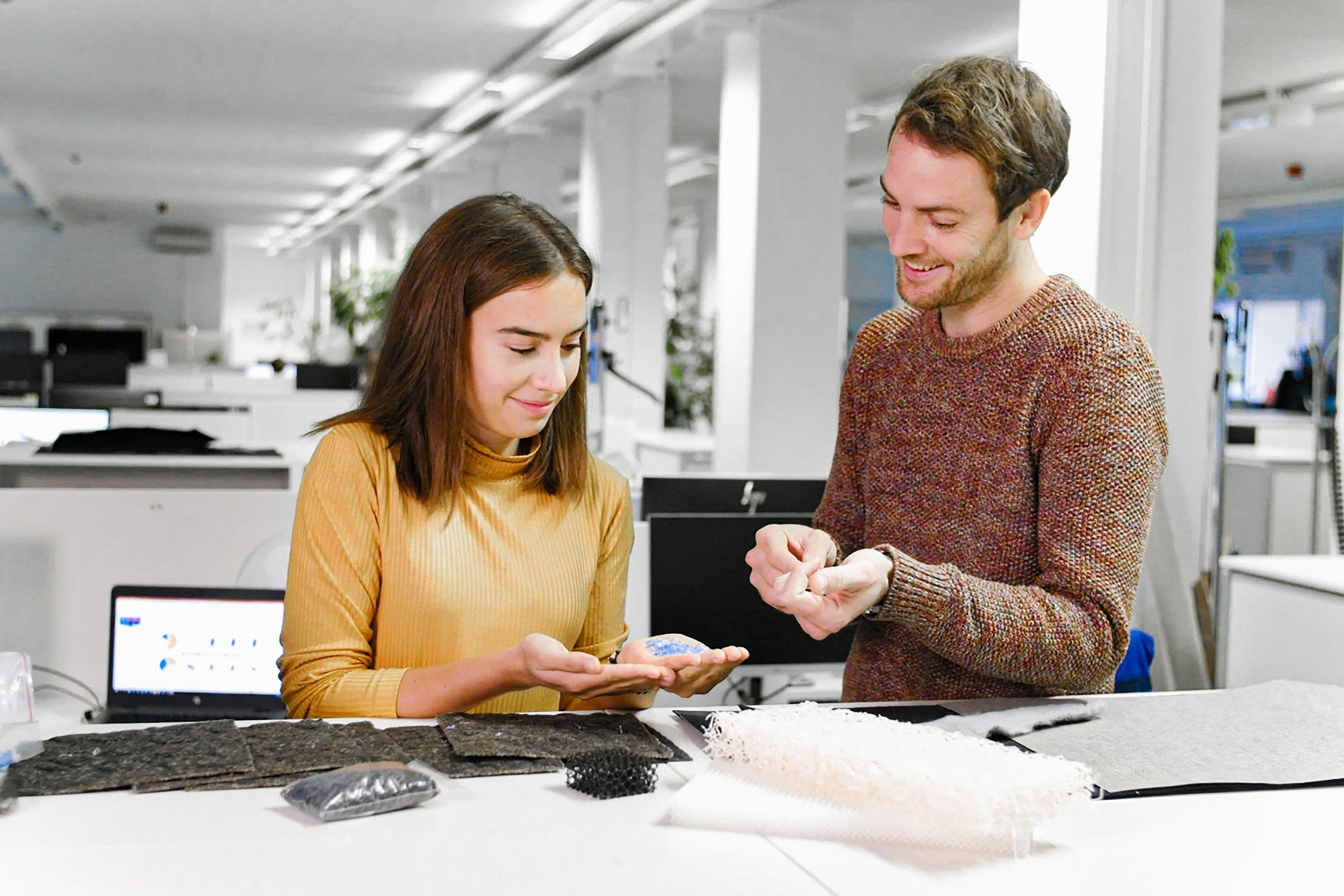
BMW Group chairman Oliver Zipse announced a sustainability strategy and CO2 targets at a media event in Munich.
The main focus is to “drastically” reduce CO2 per vehicle by 2030.
The group will be promoting the use of secondary material and the circular (recycling) economy.
The group is focusing its research and development efforts on environmentally-compatible raw materials and boosting the creation of a secondary materials market by working with startups and experienced material suppliers to develop pioneering materials.
“We are setting new standards for sustainable premium quality by rethinking materials and focusing on resource-efficient alternatives and renewable materials with strong dismantling capability,” said BMW executive Stefan Floeck.
The group has defined material groups with sustainable properties which span all four dimensions of the circular economy: RE:THINK, RE:DUCE, RE:USE and RE:CYCLE.
How well do you really know your competitors?
Access the most comprehensive Company Profiles on the market, powered by GlobalData. Save hours of research. Gain competitive edge.

Thank you!
Your download email will arrive shortly
Not ready to buy yet? Download a free sample
We are confident about the unique quality of our Company Profiles. However, we want you to make the most beneficial decision for your business, so we offer a free sample that you can download by submitting the below form
By GlobalDataIt has used renewable raw materials in its vehicles for a number of years including door trim panels where a natural fibre mat is paired with a plastic matrix to provide the necessary stability. Renewable raw materials like natural fibres are 30% lighter than plastic alternatives and also absorb CO2 and release oxygen during the growth phase.
BMW and suppliers have further developed the use of fibres such as hemp, kenaf and flax, providing them with natural fibre lattice structures. Thanks to these support structures, it is possible to maintain their mechanical properties and avoid additional weight by reducing the amount of material needed.
Wood can be used as a renewable raw material. The group is researching pioneering wood foams with an open-pored structure made up of finely ground wood particles. The foams’ resistance comes from the wood’s own binding forces, which make it possible to dispense with synthetic adhesives. The foams consist of fully renewable raw materials and could replace acoustic foams.
The group already uses up to 100% recycled plastic in its thermoplastic components and is working with plastic manufacturers to further develop recycled plastics and bioplastics. In addition to recycled plastics, the company also employs biobased plastics and plastics reinforced with natural fibres such as cellulose, hemp, wood or bamboo to reduce the percentage of oil-based primary plastics. The aim is to use thermoplastics with an average of 40% recycled material by 2030.
New vegan and resource-efficient leather alternatives are also under research. Synthetic leather with biobased raw materials, 100% recycled polyester textiles and cork particles enable CO2 emissions to be reduced by up to 45% compared to today’s PVC synthetic leather. In cooperation with the startup Adriano di Marti, the BMW group is researching a sustainable cactus-based material. Deserttex is made from pulverised cactus fibres with a biobased polyurethane matrix. Another promising alternative to leather is the fully recyclable Mirum which mimics all the properties of traditional leather, yarns and foams. The group’s equity investment in the startup Natural Fiber Welding opens up new possibilities for developing and implementing plant-based material options.
The group is working on innovative materials with the potential for use in future vehicles. These include synthetic textile variants, which are mostly used for seat covers. They have a low carbon footprint and can be manufactured from fully recycled material. Thanks to their composition, they can repeatedly be fed back into the cycle and reused several times over the course of their product lifecycle. The group aims to use more mono-materials, instead of multi-layered, multi-material approaches. In seats the cover and the foam beneath it are currently made of different materials. These can neither be easily separated out nor recycled together to create a new material that can be used in vehicles. The various connecting elements between the materials, such as adhesives and yarn, also play a role in this. If both parts are made of the same material, it is possible for them to be recycled within the circular economy.
The group is also employing new techniques to give textiles a new appearance, using 3D structures, applications, templates and graphic elements, and working on a new material mix for series introduction.
The overall aim is to reduce life cycle CO2 emissions by 40% by 2030.



